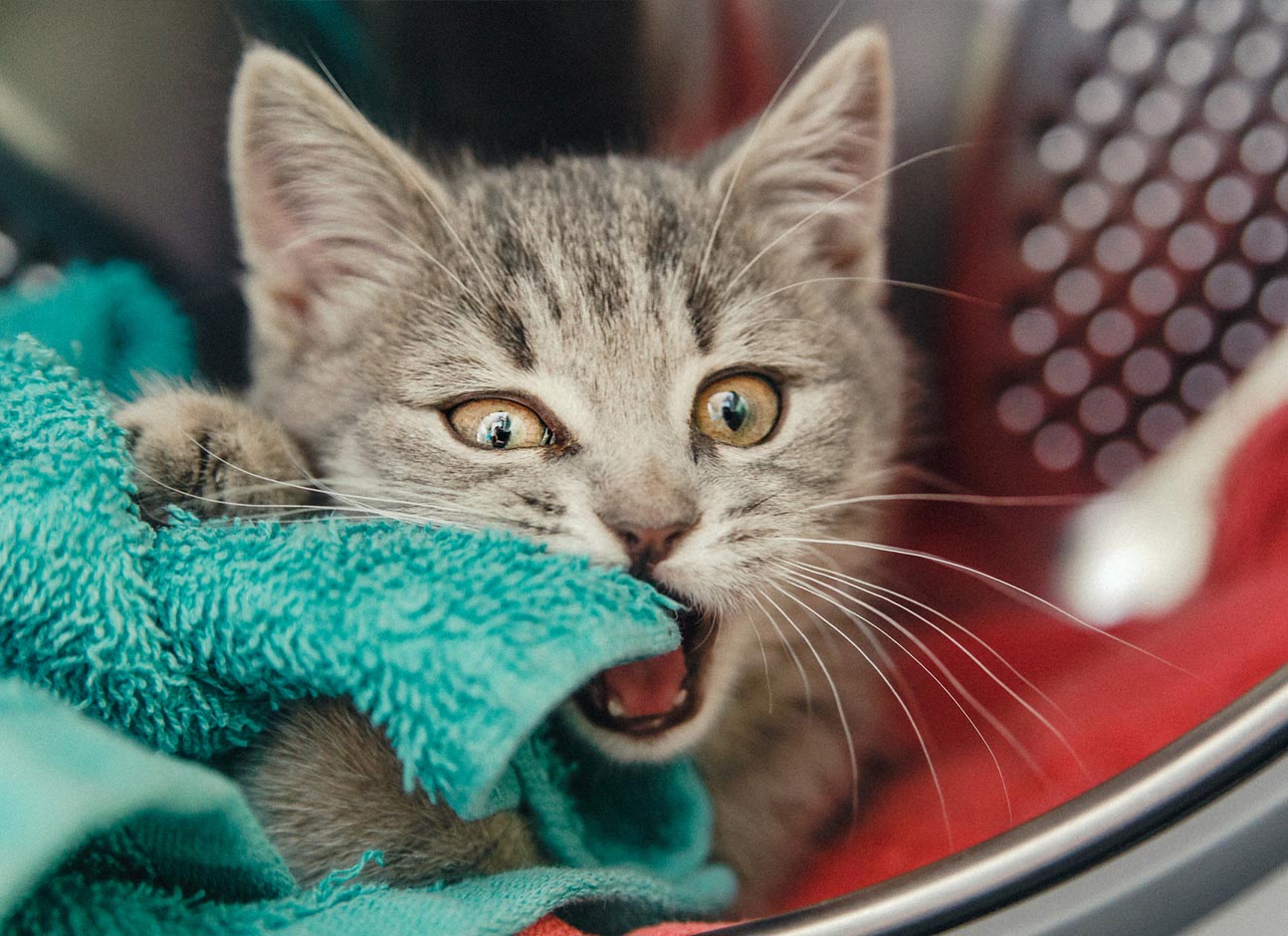Reviewed by Dr. Sarah Yosry
Updated on 1/10/2025
Reading time 2 min.
Overview
Severity: Low
Life stage: All
Skip To Why cats have vibrissae?
Contrary to popular belief, a cat’s whiskers, or vibrissae, do not serve as a balance mechanism. Instead, they function as tactile organs. Vibrissae are not merely hairs but specialized receptors that have evolved over time.
Why cats have vibrissae?
The longest and most sensitive whiskers are located above the upper lip, while shorter ones can be found on the chin, cheeks, and above the eyes. Many people are unaware that cats also have whiskers on their tails (for detecting moving prey) and between their paw pads.
Vibrissae are designed to receive tactile information, such as changes in atmospheric pressure.
By detecting air currents reflected from objects, cats can easily orient themselves in their environment and determine the presence of obstacles, regardless of their eyesight or the level of darkness. Whiskers are particularly helpful for cats in low light conditions when focusing on nearby objects is more challenging.
When a cat’s whiskers are touched, it may reflexively close its eyes to protect itself from potential obstacles, such as bushes or thickets during a hunt. Vibrissae are especially important for blind cats, who rely on them to navigate their surroundings more effectively. Some blind dogs have even been fitted with flexible twigs on their collars to imitate cat whiskers, enabling them to lead more independent lives.
Cats typically use their vibrissae to explore new objects by spreading them wide. It is believed that the width of a cat’s whiskers helps it determine whether it can fit through a particular passage. During hunting, vibrissae enable a cat to detect nearby movements and adjust its grip on prey that may be out of sight.
Vibrissae can also help determine a cat’s mood: forward-facing whiskers signify curiosity and friendliness, while whiskers pressed against the face indicate aggression.
Cats have individual hairs dispersed over their bodies that are softer and less sensitive than whiskers but still help them determine how and where they are being touched.

Cats generally enjoy strokes along the coat but dislike strokes against the coat, and they discern this with the help of vibrissae distributed across their bodies.
Vibrissae are well-supplied with blood and surrounded by nerve endings that transmit information to the cat’s brain. They develop first in kittens while still in the womb, highlighting their importance.
Damage to vibrissae can disrupt a cat’s navigation system, causing it to stumble and struggle with spatial orientation. This is particularly dangerous for outdoor cats.
In such situations, it is advisable to closely monitor the cat and ensure its safety until new whiskers grow back.
Sphynx cats, which are naturally hairless, present an interesting case. Their vibrissae, if present, may be short and curly or completely absent. Intriguingly, the lack of whiskers does not seem to impact the behavior or hunting abilities of Sphynx cats, posing an interesting mystery.
Share this, choose your platform!
Writen by
Dr. Sarah Yosry
DVM
A product of a rich Australian/Egyptian heritage, Dr. Sarah Yosry stands as a testament to the union of diverse cultures and a shared love for animals…


